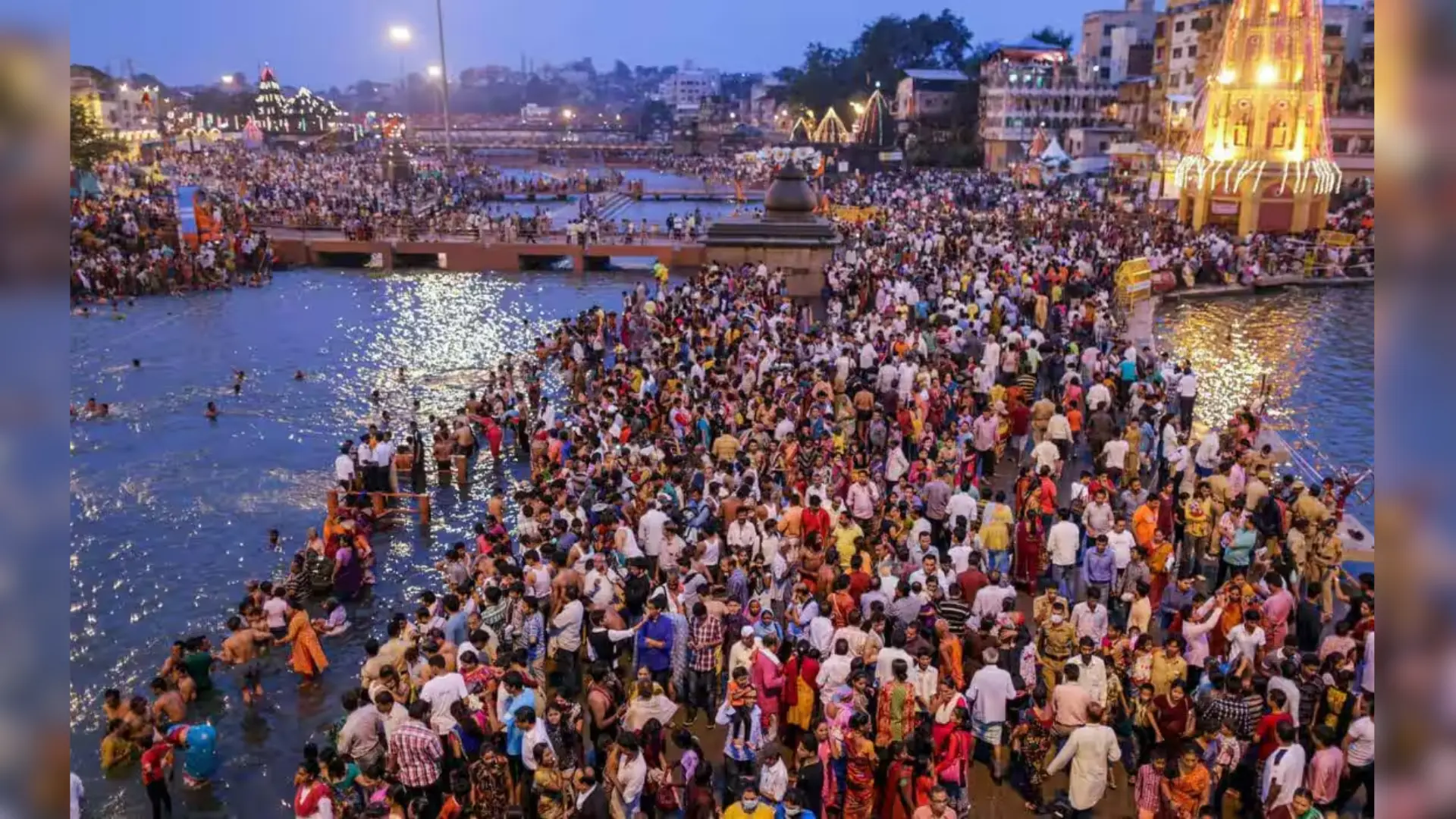A 35-year-old woman named Sakshi Ahuja died due to electrocution after stepping onto a flooded street at the New Delhi Railway Station. The incident occurred when she accidentally came into contact with a loose wire from a nearby electrical installation. Ahuja, who was accompanied by her family, was rushing to catch a train to Chandigarh.
Despite efforts by taxi drivers using wooden planks to save her, she remained stuck in the water for about 25 minutes. After being pulled out, she was rushed to the hospital but was declared dead upon arrival.
The incident has shed light on the poor state of public infrastructure, even in the national capital. The presence of live wires in contact with high touchpoints highlights a significant oversight. Ahuja’s painful death from electrocution could have been prevented, and accountability must be established to prevent such avoidable harm in the future.
According to Ahuja’s uncle, the family had booked tickets to visit tourist destinations in Himachal Pradesh and was running late on the day of the incident. Ahuja and her children, along with her sister, got off at the station’s parking area, while her parents and brother went to park the car.
Eyewitnesses and railway officials stated that the incident occurred when Ahuja stepped into the waterlogged stretch near a light pole close to an exit gate. She suffered an electric shock upon stepping into the water and collapsed. Her sister also experienced a shock but was immediately pulled away along with the children by nearby taxi drivers.
The initial investigation suggests that the tragedy resulted from electrocution caused by waterlogging due to heavy rains and insulation failure leading to electricity leakage. The railways claim that the incident was not due to any deficiency in their working system and have launched a probe to prevent similar incidents in the future.
“From the initial investigation, it appears that the tragedy happened due to electrocution that happened because of water logging by rains. It seems that electricity leakage took place due to insulation failure. It’s not because of any insufficiency in the working system of the railways. A probe is being done so that such tragedy does not happen again. Also, an electric safety drive has been launched to avoid a rerun of the incident,” said Deepak Kumar, chief public relation officer (CPRO) of Northern Railway.
Taxi drivers present at the scene highlighted that safety boxes of many streetlight poles were left open for several days, while underground wires were exposed on the station’s premises, indicating a lack of attention from the relevant authorities.
“A detailed enquiry will be conducted and the guilty will be punished. A system is also being set in place to ensure the non-occurrence of such incidents in future,” he added.
The responsible agencies for the maintenance of high mast lights at the railway station clarified that they are not managed by the electricity distribution company (discom) supplying electricity to the station. The discom stated that no signs of leakage were found in their limited network at the railway station.
“The tragedy was waiting to happen as the agencies concerned are not paying any attention towards the open wires,” said Rajender Nayak, a taxi driver. “No signs of leakage have been detected in the limited discom network at the railway station,” the official said. An investigation is ongoing to determine the agencies responsible for the electricity poles and towers, as well as their negligence that led to electricity flowing in the waterlogged area resulting in electrocution.
The Delhi division of the Northern Railway has initiated an internal inquiry to determine the cause of the electrocution and fix responsibility for the agencies or officials whose negligence resulted in the woman’s death. A case has been registered under the Indian Penal Code for negligent conduct with respect to machinery and death by negligence based on a complaint filed by Ahuja’s sister. Forensic experts have inspected the incident spot as part of the investigation.
The Indian Railways is conducting its own inquiry into the matter to determine the party responsible for the negligence. Additionally, a safety audit of all poles and electricity infrastructure is being conducted to prevent similar incidents in the future.
DCP Gupta said, “Madhvi gave a complaint alleging negligence. Accordingly, a case of negligent conduct with respect to machinery and death by negligence was registered under Indian Penal Code’s sections 287 and 304A. The incident spot was inspected by forensic experts for further probe.”
She added, “We have spoken to officers in the Indian Railways, who are enquiring into the matter on their own end and will determine who was responsible for the negligence. Also, a safety audit of all such poles and electricity infrastructure is being conducted to prevent any such incident in the future.”


















